
The human hand is a work of art, a masterpiece of nature. It is one of the most expressive parts of the human body, and artists have been captivated by its beauty and complexity for centuries. The art of hand sculpture is a fascinating exploration of the form, function, and symbolism of the human hand. In this article, we will take a closer look at the world of hand sculpture and explore some of the ways in which artists have captured the beauty and complexity of this remarkable part of the human body.
History of Hand Sculpture
The art of hand sculpture has a long and rich history. In ancient times, hands were often depicted in religious and mythological art. The ancient Greeks, for example, used hand gestures to convey a range of emotions and ideas in their theatrical performances. In Renaissance art, hands were often depicted in realistic detail, with every vein and wrinkle carefully rendered. The Baroque period saw hands depicted in dramatic poses, often gesturing towards the heavens or reaching out in supplication.
In modern times, hand sculpture has become a popular form of contemporary art. Artists are exploring new techniques and materials to create works that are both visually stunning and conceptually challenging. From realistic depictions of the human hand to abstract explorations of form and function, hand sculpture continues to fascinate and inspire artists and art lovers alike.
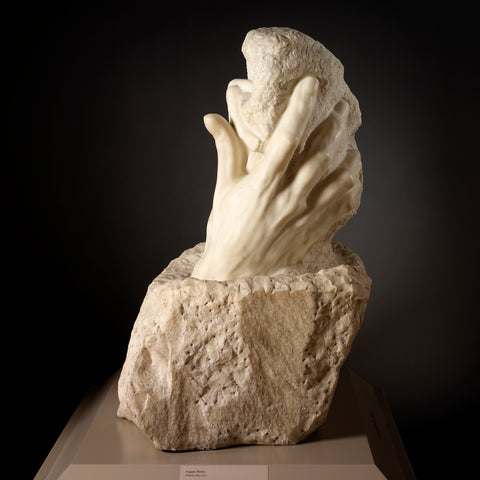
Auguste Rodin, The Hand of God, 1895
Types of Hand Sculpture
Hand sculpture can take many forms, from realistic depictions of the human hand to abstract explorations of form and function. Realistic hand sculptures are often highly detailed and lifelike, capturing the nuances of muscle and bone structure. Surreal hand sculptures, on the other hand, can be highly abstract and symbolic, exploring the deeper meanings and associations of the hand.
Abstract hand sculptures, meanwhile, focus on the form and function of the hand itself. These sculptures can be highly stylized, with exaggerated proportions and bold colors. They can also be more minimalistic, with simple lines and shapes that suggest the hand without fully representing it.
Materials Used in Hand Sculpture
The materials used in hand sculpture can vary widely, depending on the artist's vision and the desired final effect. Traditional materials such as marble, bronze, and wood are still popular, but many contemporary artists are exploring new materials such as resin, fiberglass, and even recycled materials.
Some artists also incorporate other materials into their hand sculptures, such as fabric, glass, or found objects. These materials can add texture, color, and depth to the sculpture, creating a more dynamic and engaging work of art.

Salvador Dali, Lobster Phone, 1938
Techniques for Hand Sculpture
There are many techniques that artists use to create hand sculptures. The most common techniques include carving, molding, casting, and welding. Carving involves removing material from a solid block of material, such as marble or wood, to create the desired form. Molding involves creating a mold of the hand and then casting it in a material such as plaster or resin.
Casting involves pouring molten metal or other material into a mold to create the final form. Welding involves joining together pieces of metal to create the desired form. Each technique has its own challenges and rewards, and artists often experiment with different techniques to achieve the desired effect.
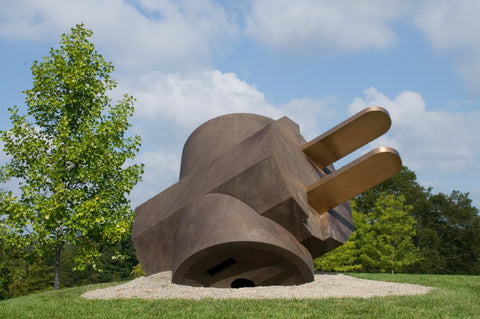
Claes Oldenburg, Giant Three-Way Plug, 1929
Famous Hand Sculptures Around the World
Hand sculptures can be found all over the world, from classical sculptures in ancient Greece to contemporary works of art in modern galleries. Some of the most famous hand sculptures include Auguste Rodin's "The Hand of God," which depicts a hand emerging from a block of marble, and Salvador Dali's "Lobster Telephone," which features a telephone receiver in the shape of a lobster's claw.
Other famous hand sculptures include Claes Oldenburg's giant "Giant Three-Way Plug," which features a hand holding a giant electrical plug, and Louise Bourgeois's "The Blind Leading the Blind," which depicts a group of hands grasping each other in a circle. These sculptures are not only visually stunning but also offer profound insights into the human condition and the role of the hand in our lives.
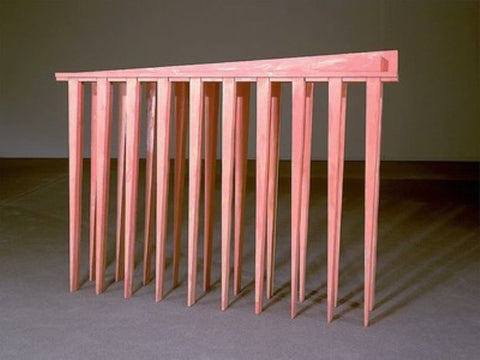
Louise Bourgeois, The Blind Leading the Blind, 1949
Hand Sculpture in Popular Culture
Hand sculpture has also made its way into popular culture, appearing in movies, music videos, and other forms of media. In the movie "The Addams Family," for example, the character Thing is a disembodied hand that scurries around the house, performing various tasks. In the music video for Michael Jackson's hit song "Beat It," dancers are shown clenching their fists in time with the music, creating a powerful visual effect.
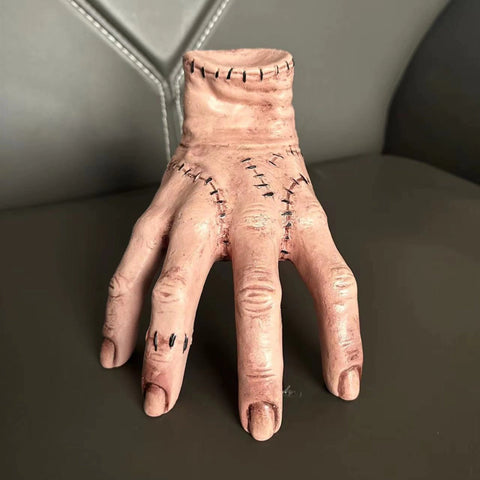
Thing Adam Family, Hand, 1991
Hand sculptures have also been used in advertising and marketing campaigns, with companies using the hand as a symbol of strength, creativity, and innovation. Whether in high art or pop culture, hand sculpture continues to captivate and inspire people around the world.
Hand Sculpture as a Form of Therapy
Hand sculpture can also be a powerful form of therapy, helping people to express their emotions and work through difficult issues. Art therapists often use hand sculpture as a way to help clients explore their feelings and gain insight into their inner lives. By creating a sculpture of their hands, clients can gain a deeper understanding of their own strengths and weaknesses, and develop a greater sense of self-awareness.
Hand sculpture can also be a form of meditation, allowing people to focus their minds and find a sense of inner peace. By working with their hands, people can enter a state of flow, where the outside world fades away and they become fully absorbed in the creative process.
How to Start Creating Hand Sculptures
If you are interested in creating hand sculptures, there are many resources available to help you get started. You can take classes in sculpture at a local college or art center, or you can purchase books or online tutorials to teach you the basics.
You can also experiment with different materials and techniques, such as carving, molding, or welding, to find the approach that works best for you. The key is to be patient, persistent, and open to new ideas and techniques.
Conclusion: The Beauty and Significance of Hand Sculpture
Hand sculpture is a fascinating and rewarding art form that has captivated artists and art lovers for centuries. From classical depictions of ancient gods and heroes to modern abstract works that explore the form and function of the hand itself, hand sculpture offers a glimpse into the beauty and complexity of the human body.
Whether used as a form of therapy or as a means of creative expression, hand sculpture has the power to inspire, challenge, and transform us. By exploring the world of hand sculpture, we can gain a deeper appreciation for the beauty and significance of this remarkable part of the human body.

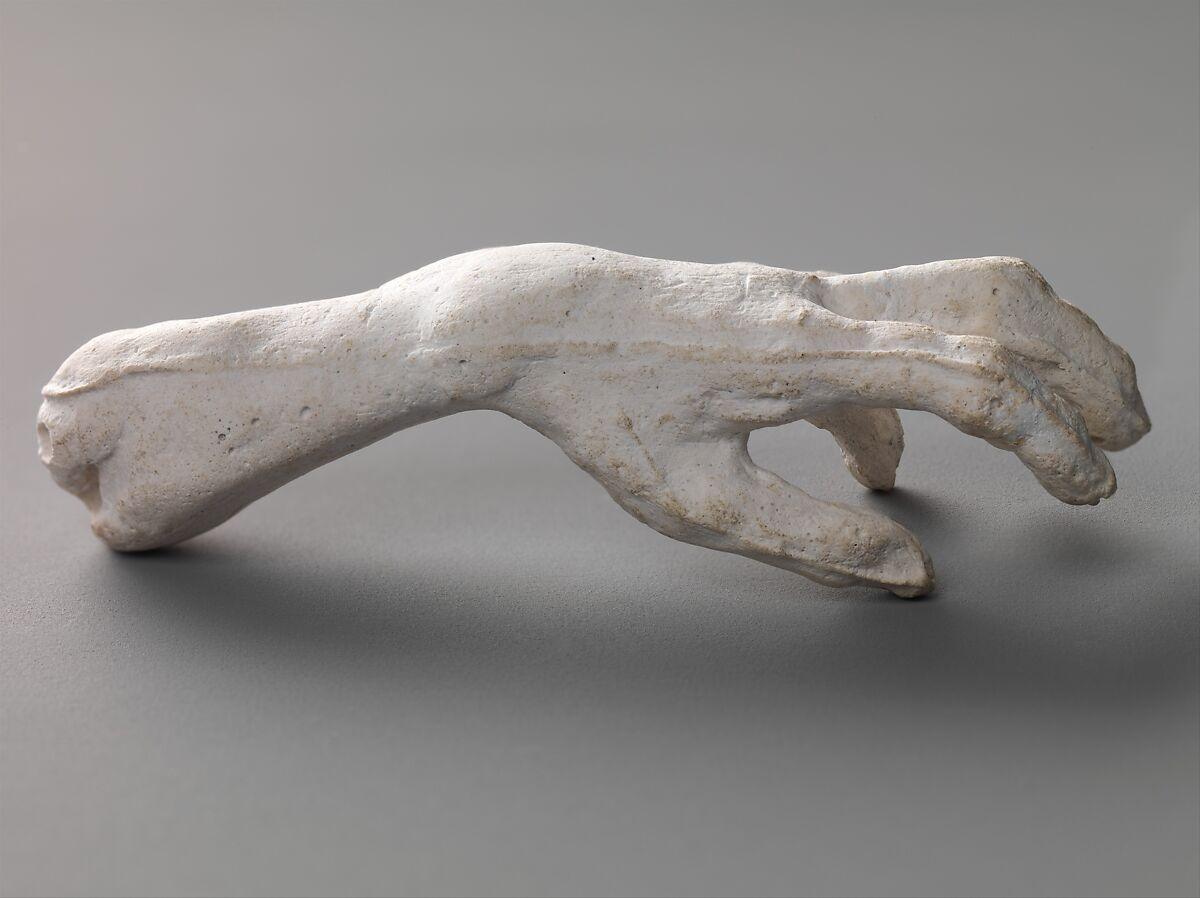
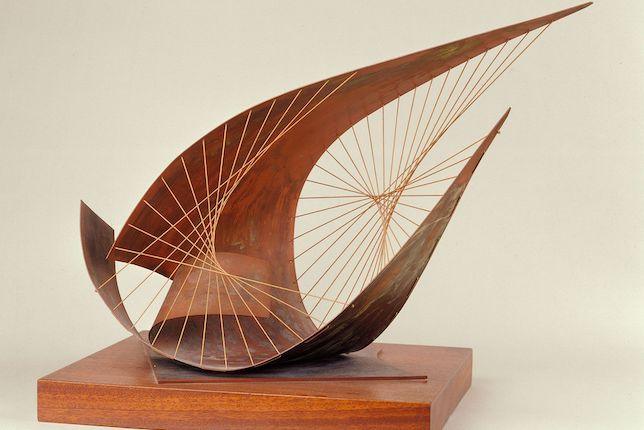
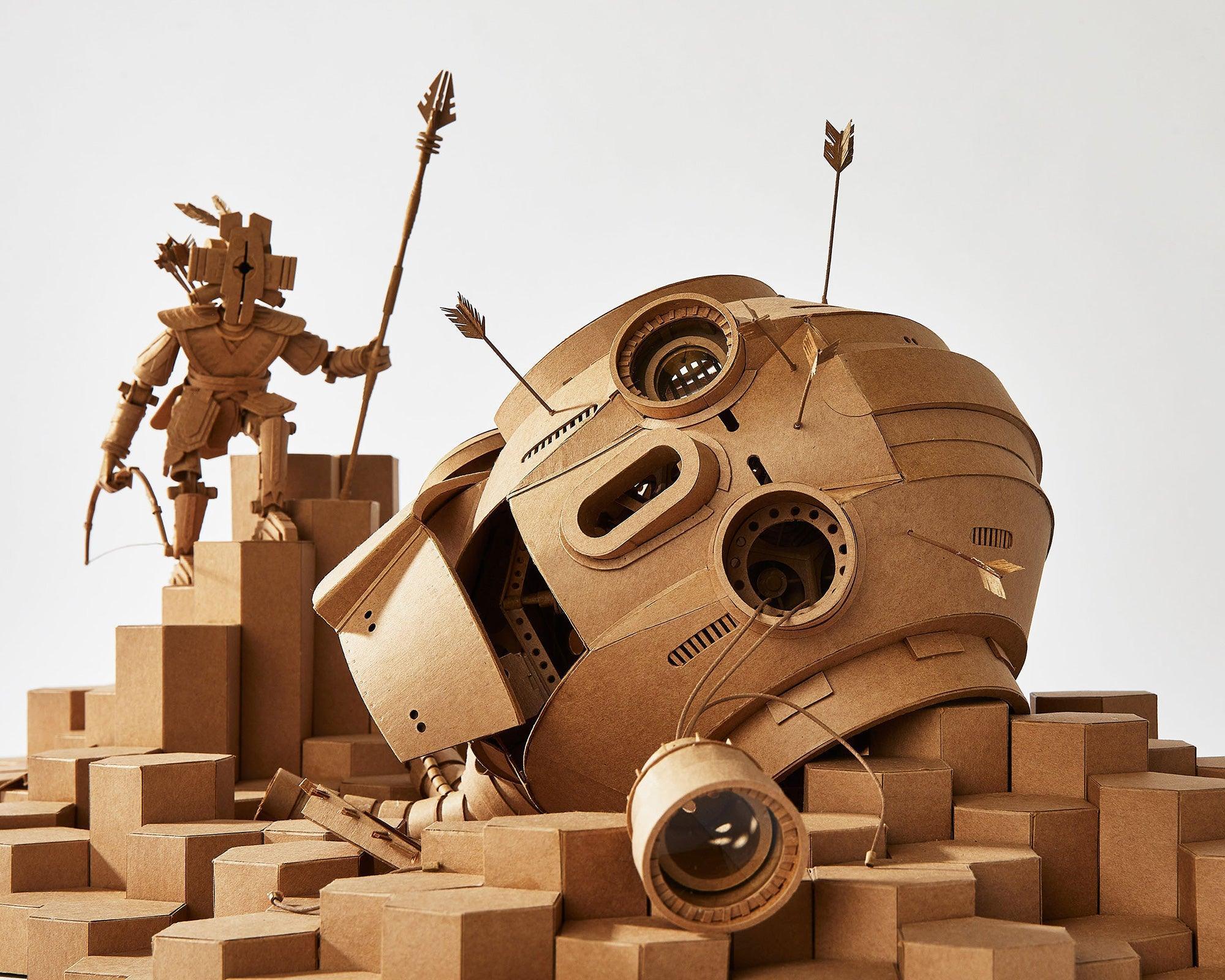



Leave a comment
All comments are moderated before being published.
This site is protected by hCaptcha and the hCaptcha Privacy Policy and Terms of Service apply.